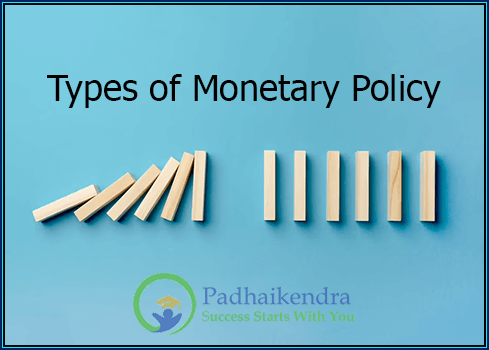Types of Monetary Policy
There are generally two types of monetary policy, and they are:
- Expansionary Monetary Policy: This type of monetary policy is implemented when the central bank aims to stimulate economic growth by increasing the money supply and lowering interest rates. This can be done through various tools, such as reducing the reserve requirements for banks, decreasing the discount rate at which banks can borrow money from the central bank, and buying government securities in the open market.
- Contractionary Monetary Policy: This type of monetary policy is implemented when the central bank aims to slow down economic growth to prevent inflation. This can be done by decreasing the money supply and increasing interest rates. The tools used to implement contractionary monetary policy include increasing the reserve requirements for banks, increasing the discount rate, and selling government securities in the open market.
It’s worth noting that while these two types of monetary policy are the most commonly discussed, there are also other types that may be used in certain situations. For example, in some cases, central banks may implement a neutral monetary policy, which aims to maintain stable economic growth and price stability without actively trying to stimulate or slow down the economy.
In summary, there are two main types of monetary policy: expansionary monetary policy, which is used to stimulate economic growth, and contractionary monetary policy, which is used to slow down economic growth and prevent inflation. However, other types of monetary policy may also be used in certain situations.




